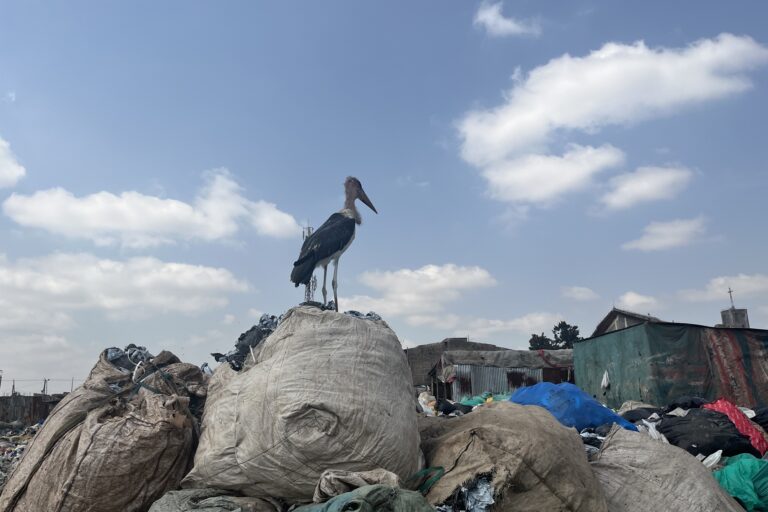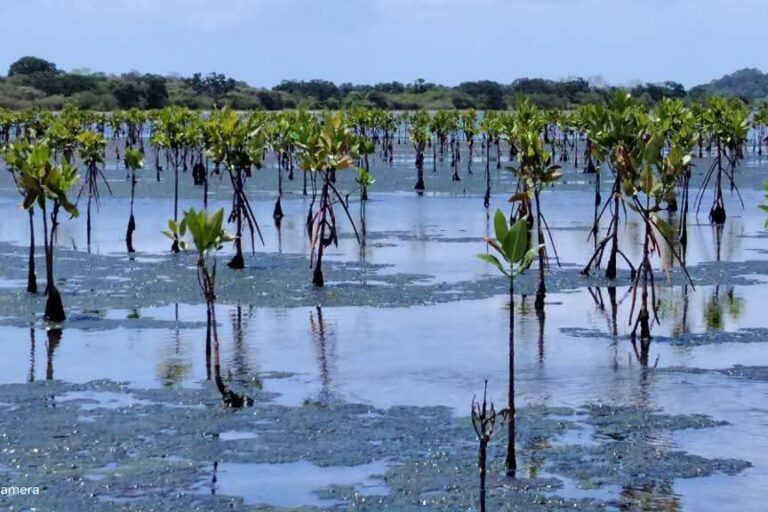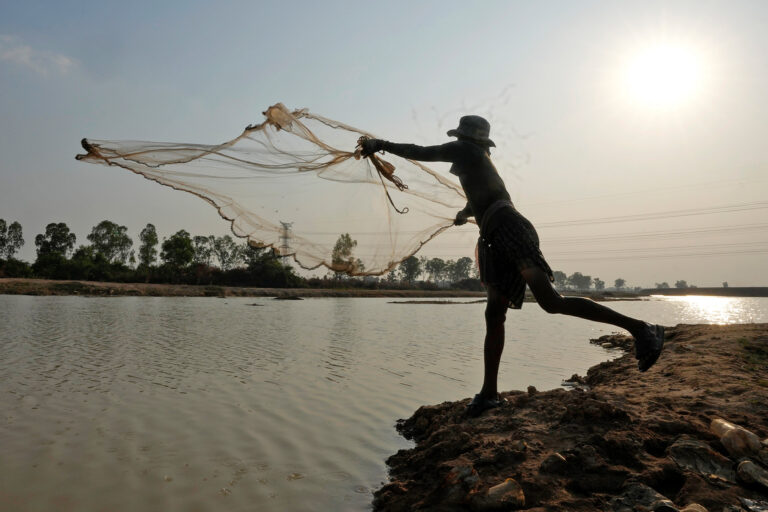- The Sarawak government officially revoked expropriation of native customary rights to land acquired to build the controversial Baram dam and its reservoir.
- The Baram dam is the fourth in line of 12 large dams slated to be constructed in Sarawak by 2030. But indigenous and environmental groups have fiercely opposed the projects, saying they would displace thousands and disrupt ecosystems.
- The Baram Dam looks increasingly unlikely to be built. However, indigenous communities in the area are continuing their blockade of the dam site until the project is officially cancelled.
“Gazetted” lands previously appropriated for the proposed Baram hydro-dam in the state of Sarawak in Malaysian Borneo will now be returned to their indigenous owners, the Sarawak government has confirmed. Nevertheless, indigenous communities in the area are continuing their blockade of the dam site until the project is officially cancelled.
A lawyer for the Baram villagers received the news in a letter from the Sarawak state attorney general’s office dated March 15. It confirmed that the government had officially revoked expropriation of native customary rights to land acquired for the dam site and reservoir.
Ahadiah Zamhari, spokesperson for Sarawak Energy Berhad, the state energy company in charge of the dam project, told Mongabay by email that there was no change in the company’s position. “With regard to the future of the Baram Dam, the company is guided by the State Government’s moratorium on the further development of the project,” he said.

The moratorium was announced by Sarawak’s Chief Minister Adenan Satem on July 30, 2015.
“If it is in black and white that they are stopping the dam we definitely will lift up the blockade,” Peter Kallang coordinator of SAVE Rivers Sarawak, a network of groups opposing dams in the state, told Mongabay. “Meanwhile if it’s just them revoking the gazette, they could put another gazette tomorrow again. There is nothing to stop them from doing that. So I think we will not lift the blockade, unless and until, they really and officially say that they have scrapped the dam plan,” he said.
The Baram dam is the fourth in line of 12 large dams slated to be constructed by 2030. It is part of a broader hydropower-development plan called the Sarawak Corridor of Renewable Energy (SCORE). If the 1,200-megawatt Baram dam is eventually built, its 400-square-kilometer (154-square-mile) reservoir would displace up to 20,000 people and submerge their lands.

Sarawak state elections are scheduled for April 30 and Adenan is leading the polls.
“Absolutely — I think it’s an election move of Adenan. It’s still a move, he still moved. We got this now and it’s really hard for him to back off,” Annina Aeberli, campaigner with the Swiss NGO Bruno Manser Fonds (BMF), told Mongabay. BMF works to protect rainforest and indigenous groups in Malaysia and has opposed the Sarawak government’s plans for hydropower development. “He really realized that the people there do not want to have the dam … to give back the land to indigenous people really means a lot. This is a big step,” she said.
After a five-year struggle, with the last few years spent manning barricades on two roads leading to the dam site, anti-dam campaigners with affected indigenous communities and with SAVE Rivers Sarawak are taking no chances.

“At any given time there are six to seven persons at the two blockades. The guys at the blockade are still there — I just spoke to them this morning,” Kallang said. “I plan to go up [to the Baram blockade camp] on 9 April. We will have a big gathering and then we will decide on what to do after this.”
SCORE, born in 2006, is an ambitious development program to industrialize Sarawak. In it electricity generated by large hydro-dams is intended to power the engine of energy-intensive heavy industries like steel and aluminium smelting. Agri-business plantations complete the plan, which would transform the familiar landscape of forested indigenous lands. But a variety of groups, including Save Rivers Sarawak and BMF, have opposed it from the start.

“What Sarawak really needs is an energy plan that really focuses on the rural population and these dams are not the solution for the rural population. As we have seen, even the people around Bakun [dam] do not have electricity,” Aeberli said, referring to a 2,400-megawatt dam completed in 2011 roughly 55 miles from the Baram dam site. “So we really think that the government should look more into micro-hydros and solar. I know that from what Adenan said he generally has an interest in this as well,” Aeberli added.
SCORE is not going as intended, with a number of changes to the ambitious plans, according to Aeberli. “That’s the problem with SCORE, that it’s not realistic,” she said. “There really are inherent problems in the whole programme such as the industrial growth scenario that they developed.”
There are some opportunities for exporting power to neighboring Indonesia and Brunei, but Aeberli claims Sarawak already has an oversupply of electricity. Other export plans have floundered. For example, an undersea transmission cable to carry electricity to the Malaysian peninsula was scrapped on grounds of cost. “It turned out to be quite expensive and difficult to implement and you would lose a lot of electricity along the way, so they scrapped that plan,” Aeberli said.
Micro-hydro projects extract energy from streams and rivers by placing small turbines in the mid-stream flow without altering the integrity of the river as a dam does. They have become increasingly popular in Sarawak after three pilot projects were installed by an NGO called Tonibung from Malaysia’s state of Sabah. Two of these are in the Baram area, one in the reservoir site on the land of Kenyah indigenous people and another above the reservoir site in a Penan indigenous area. The third is situated above the Bakun dam reservoir.
However, even if the Baram dam is scrapped and micro-hydro takes off, it looks unlikely to be the end of large-scale hydropower dams in the state. Next to come online will be the 944-megawatt Murum dam, which is complete and commencing operation. In the pipeline is the 1,295-megawatt Baleh dam, which Aeberli said appears to be in the preparation phase.














